I found many salt lakes and bodies of water by following the planetary grid-lines that emanate from the North American Star Tetrahedron. Most of which I had never heard of before.
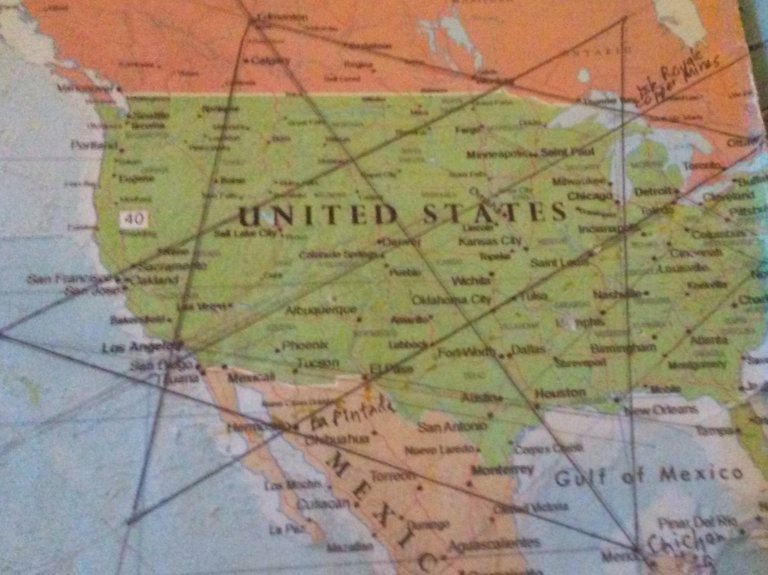
I think the salt lakes have some kind of energy generative function. Salt captures the sun's energy and stores it. Battery-like power sources for the Planetary and Consciousness Grid system.
In Australia, I found Lake Mackay on at least one long-distance grid-line. It is a salt lake, and is the largest lake in Western Australia, west of Alice Springs, located in the Great Sandy Desert:

Just a little side-track. Below, the top photo was taken near Lake Mackay , Australia; the middle photo, near Sedona, Arizona; and the bottom photo is of Cutimbo, in Peru near Lake Titicaca. Just wanted you to see the similarity. Well, you can say it's all natural because that is what we have been taught, but that is exactly what they want you to believe. As a matter of fact, they have a couple of natural names for you to choose from - mesa, butte, plateau, tableland. Take your pick. If you have been reading my blog, you will know that I believe they are intentionally engineered by the ancient civilization. These are just a few examples, of many, of this style of land feature.
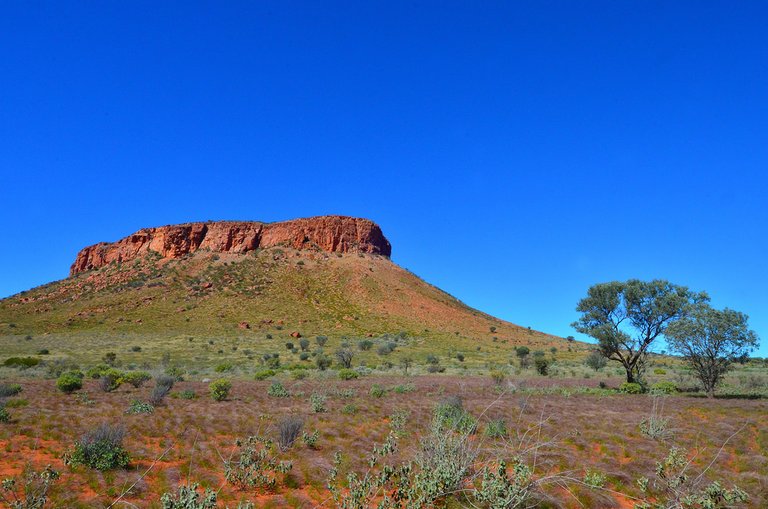
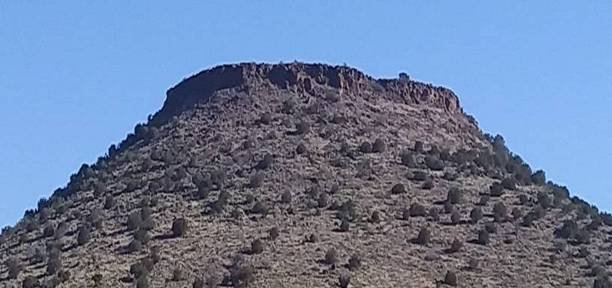

I also found other salt lakes in Australia – Lake Eyre (on two alignments), and Lake Torrens (on an alignment).
Lake Eyre, also known as Kati Thanda by the aboriginal people, contains the lowest natural point in Australia, and is a salt lake in Northern South Australia.
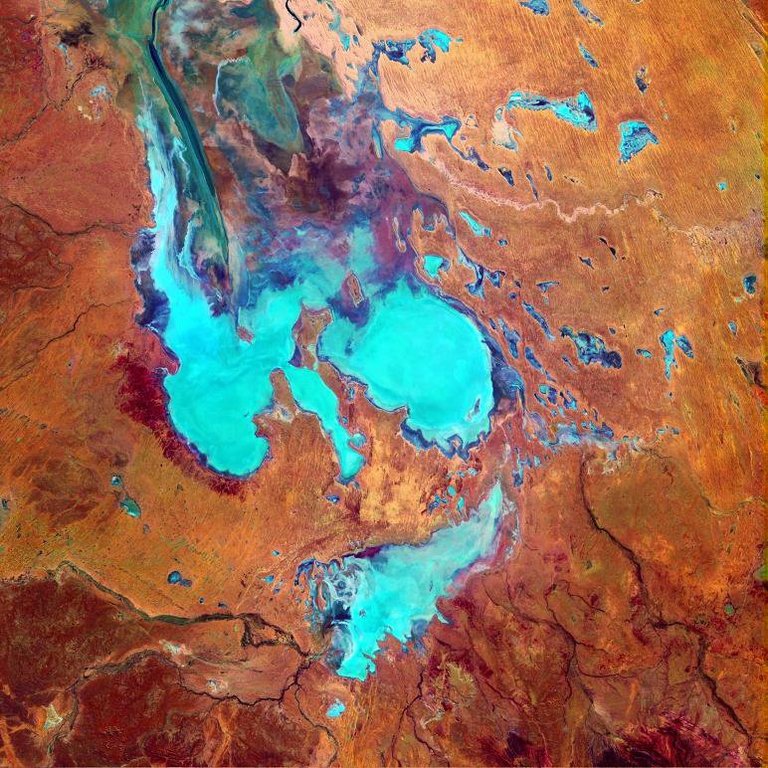
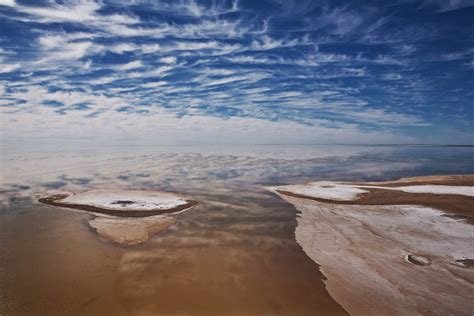
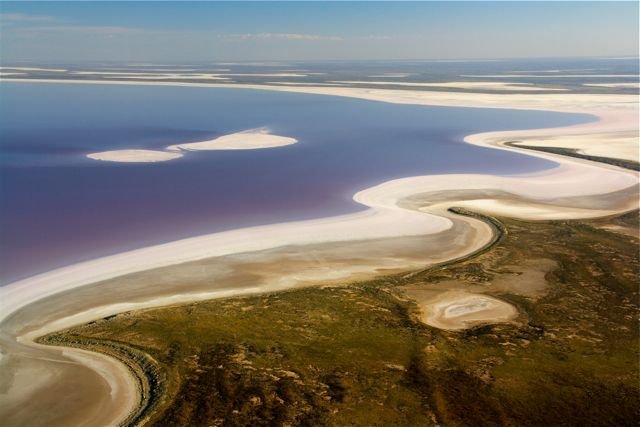
Lake Torrens is a salt lake in central south Australia, north of the city of Adelaide.
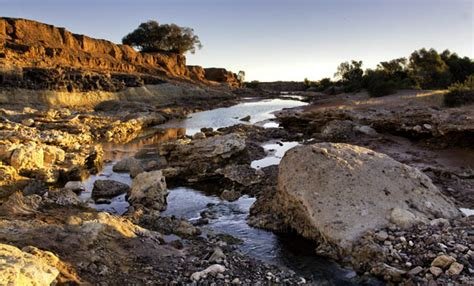
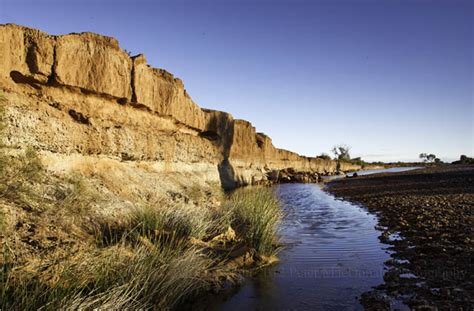
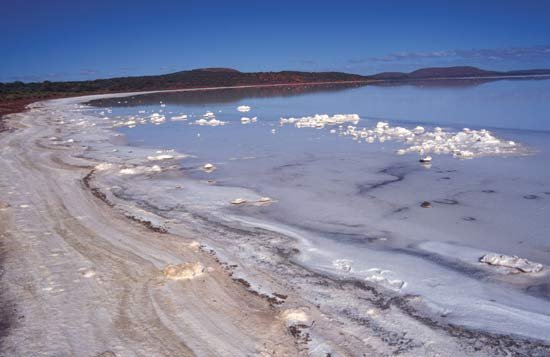
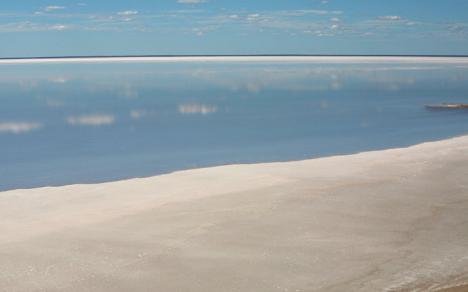
Moving on to Central Asia, the Caspian Sea in Kazahkstan and the South Aral Sea in Uzbekistan are on a global alignment. Both are on the same long-distance planetary alignment that emanates from one side of the North American Star Tetrahedron and re-connects with the other end of the same side. As a matter fact, this same alignment becomes the Silk Road going through this part of Central Asia and China. It is a genuine Great Earth Circle, and it diagonally crosses North America on the other side of the world.
The Caspian Sea (Bordered by Kazakhstan, Russia, Azerbaijan, Iran, and Turkmenistan) is the world's largest inland body of water, and has salt-content in its water.
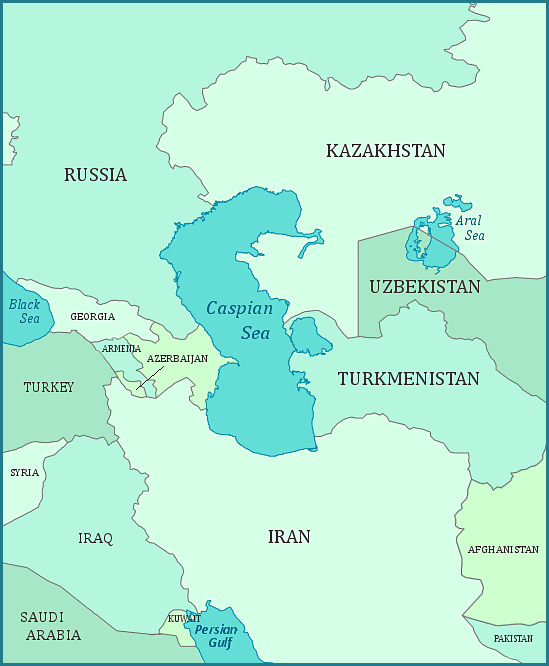
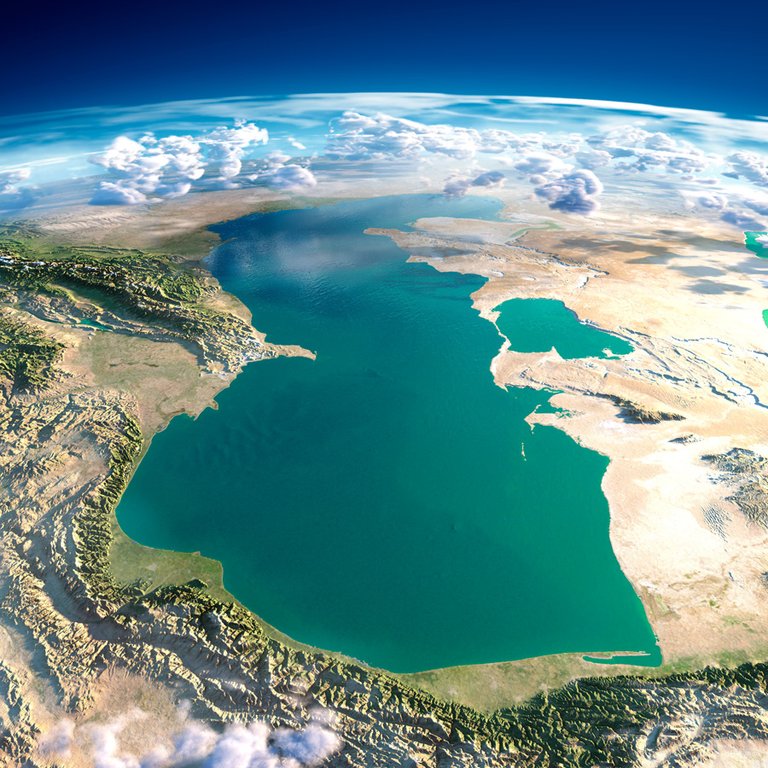
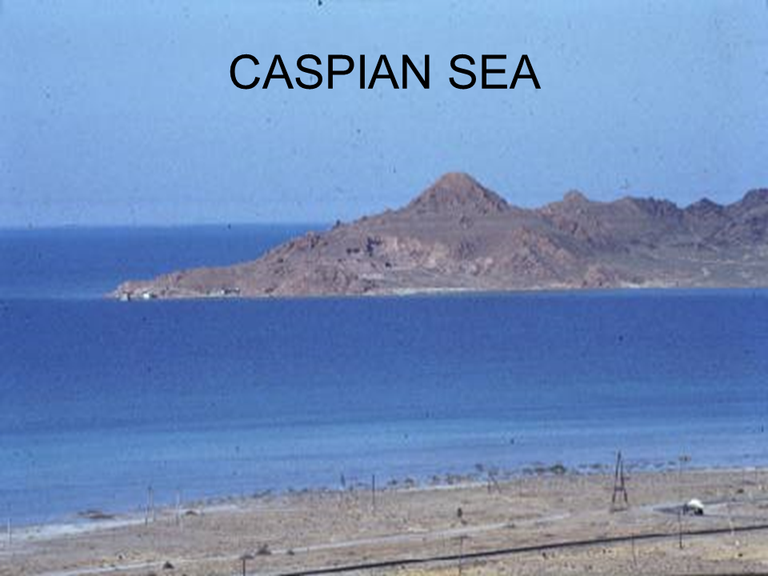
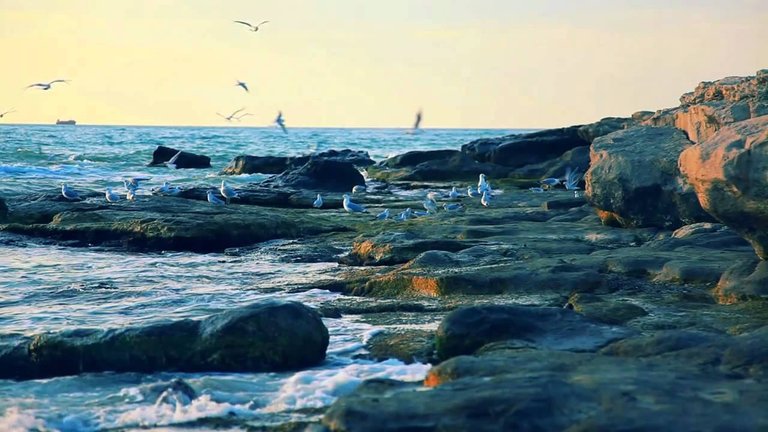
The Aral Sea straddles Uzbekistan and Kazakhstan, with the South Aral Sea being in Uzbekistan, and is close to the Silk Road.
The shrinking of the Aral Sea, diverted by irrigation projects, has been called one of the planet’s worse environmental disasters, and the region is heavily polluted.
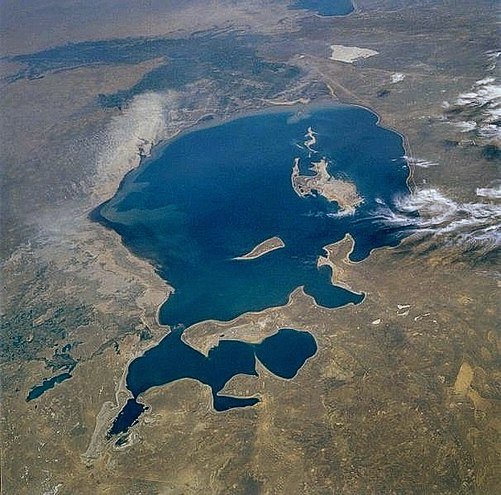
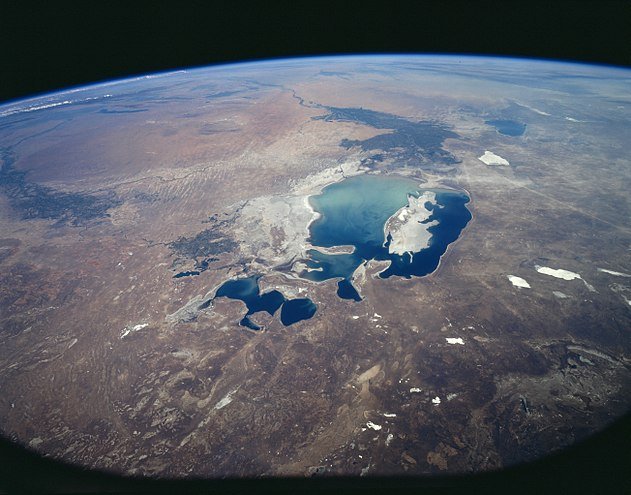
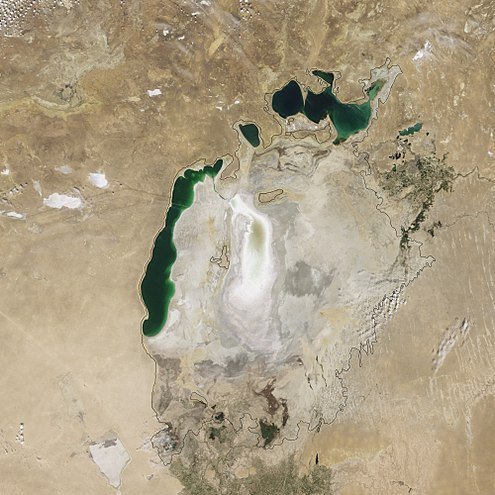
Kazakhstan completed a dam project in 2005 to save and replenish the North Aral Sea. By 2008, the water level in this lake had risen 39 ft. Salinity dropped, and fishing became viable again.
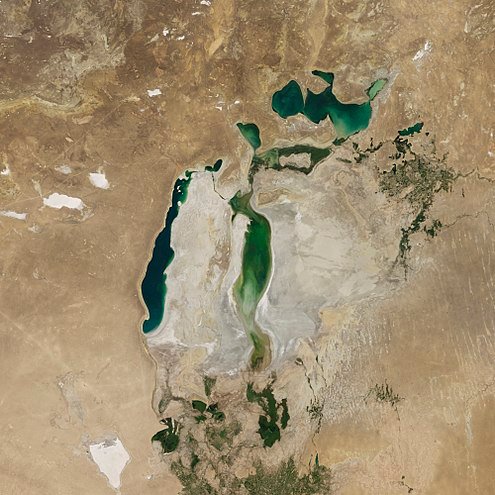
I found Issyk Kul in Kyrgyzstan by way of following the Silk Road alignment. This lake is in the Northern Tian Shan mountains, and is the 10th largest lake in the world by volume. It is the second largest saline lake after the Caspian Sea. It is considered to be a sacred place by the Kyrgyz people.
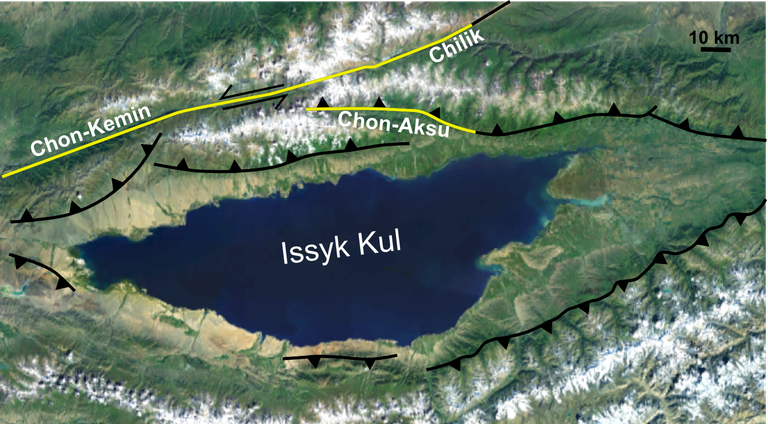
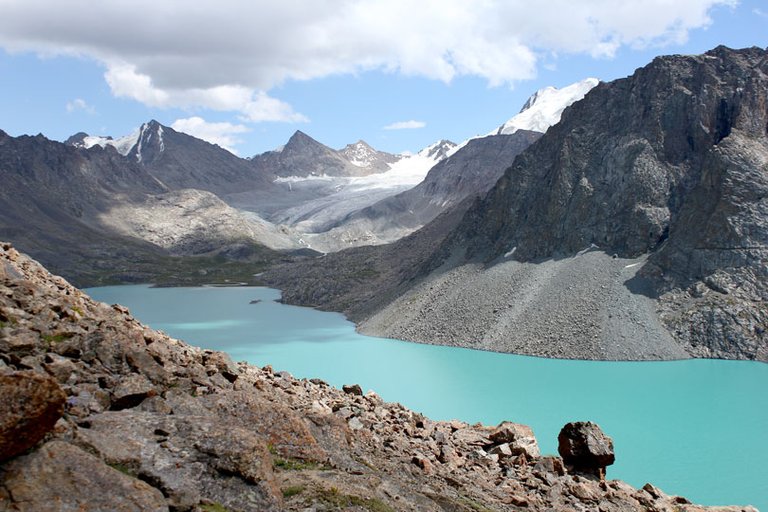
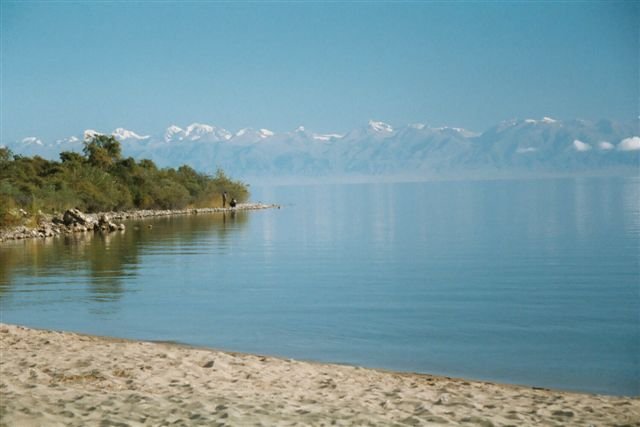
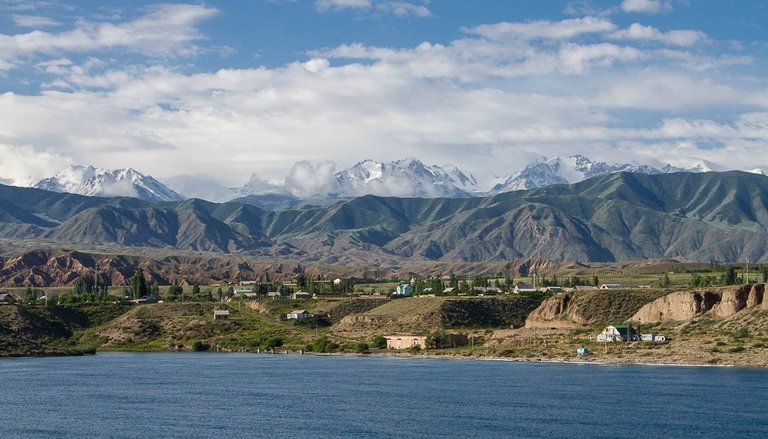
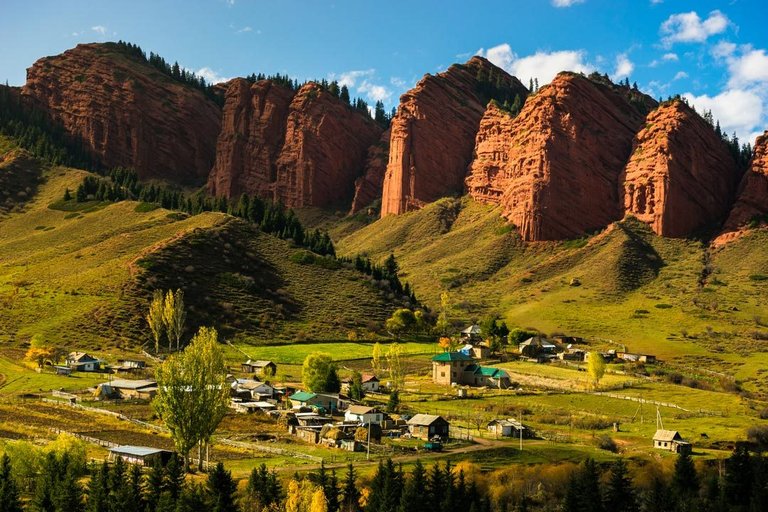
Lop Nur is another ancient salt lake that I found out about by following the grid-lines. It is in the Takla Maklan Desert in the Southeastern portion of the Uighur Autonomous Region of Xinjiang in China.

It is also significant to note that the Chinese Nuclear Weapons Test Base had four nuclear testing zones at Lop Nur, starting in 1959 – with H-Bomb detonation in 1967 – until 1996, with 45 nuclear tests conducted.
Pik-Pobedy in Kyrgyztan, on the Chinese border in the Central Tian Shan Mountains, is nearby, and while on a different planetary alignment from Lop Nur is also part of the Uighur Autonomous Region in China. Another pyramid, or pyramids? What if the Ancients were actually terraforming the earth into pyramidal shapes for the purpose of generating vortexual energy for the grid systems? James Churchward’s says the Ancient Uighur Empire was very powerful and sophisticated in his books about Mu.
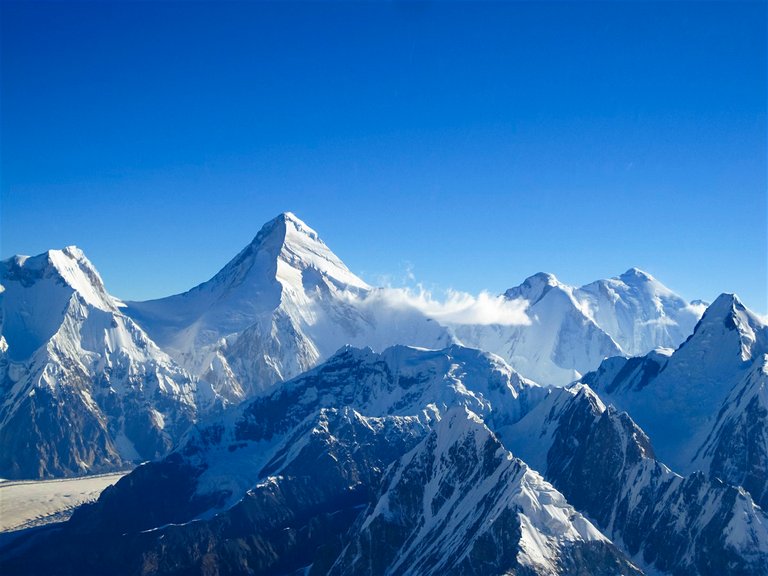
As I was following the alignment across China, I also found the Qaidam Basin, which is located in the Haixi Mongol and the Tibetan Autonomous Region, in the Qinghai Province, in Western China. At current count, there are 27 salt lakes here, and approximately 1/3rd of the Basin is desert.
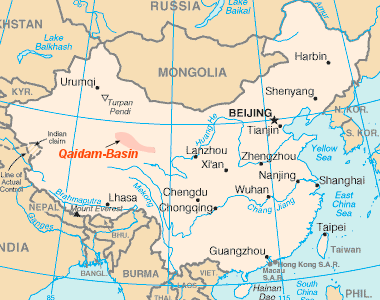

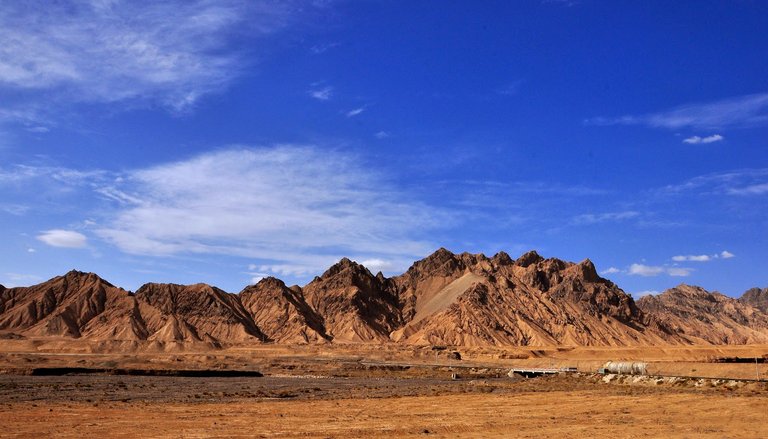
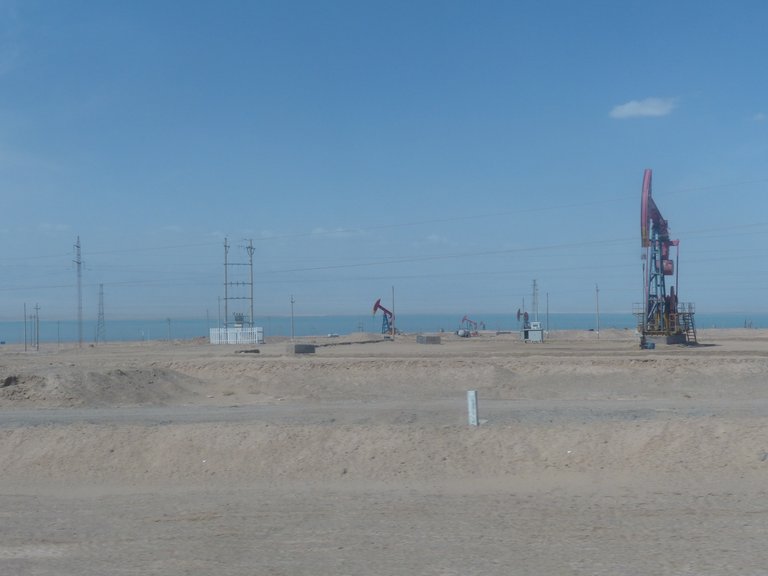
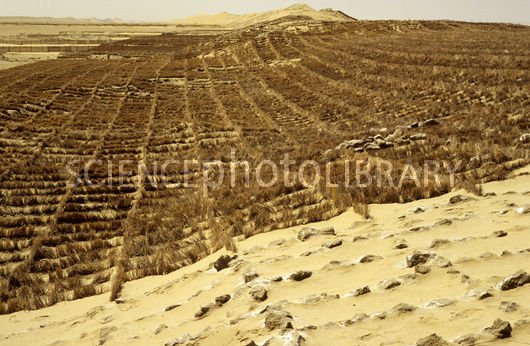
This particular alignment goes on through the Kunlun Shan, Lhasa, Bhutan, and, pictured below, the Brahmaputra River….
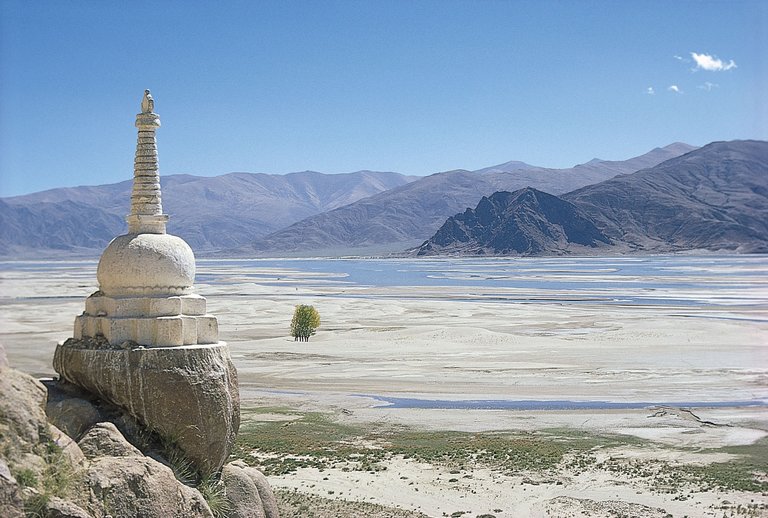
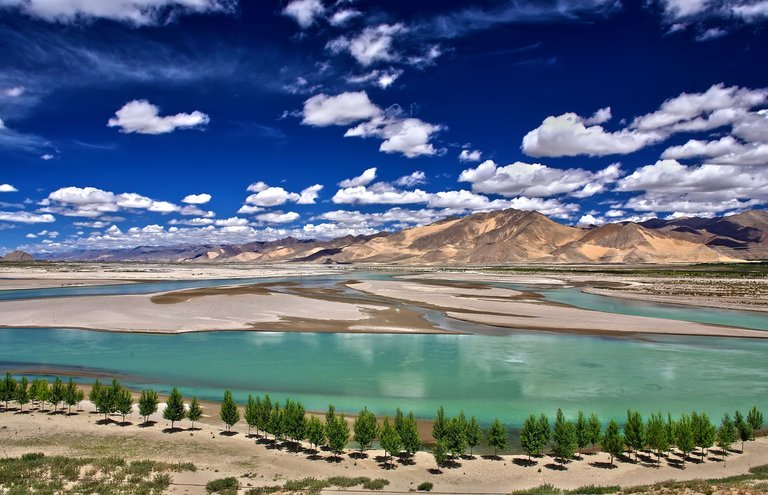
…Bangladesh, Myanmar ( formerly known as Burma), the Gulf of Martaban, and from there goes right through Banda Aceh in Indonesia, which was destroyed in the 2004 Tsunami. Thus, Banda Aceh is on a major global alignment.
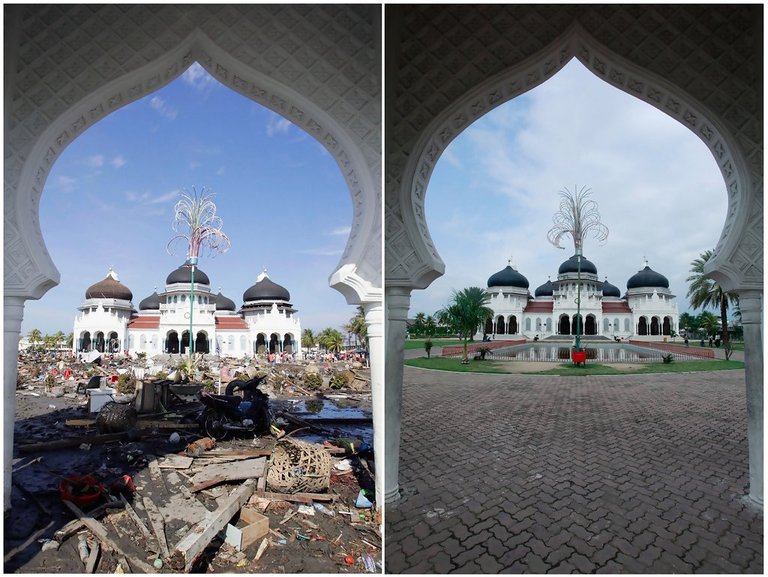
Please check out my recent Onion Dome post on this blog, which explains more about what I see as a Universal style of architecture of the ancient civilization, and that Islam in its original form is about applied Sacred Geometry and Universal Law, and not what we see playing out today with a radical form of Islam. Race and religion have been used very effectively to divide Humanity. The organized religions have been used to advance an agenda that is not in Humanity’s best interest because Universal Truths, Love, and Inherent Divinity in all of us have been distorted and suppressed by beings that don’t care about us.
Next touching base on the Dead Sea, which is actually a huge salt lake, is considered the lowest point on earth. The Dead Sea is renowned for it health and healing properties, and as a result of its high saline content, people can float on it without effort.
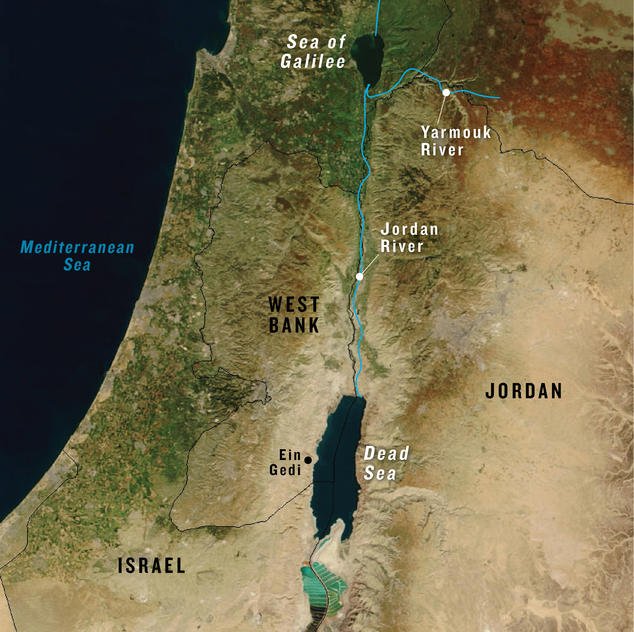
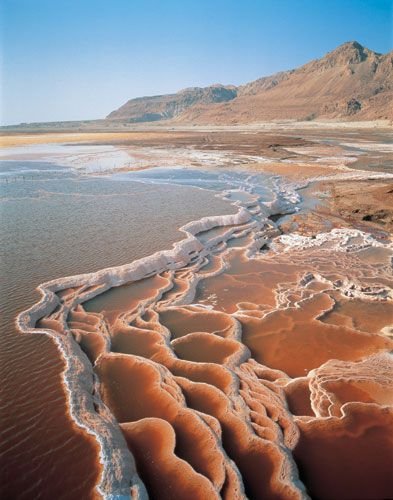
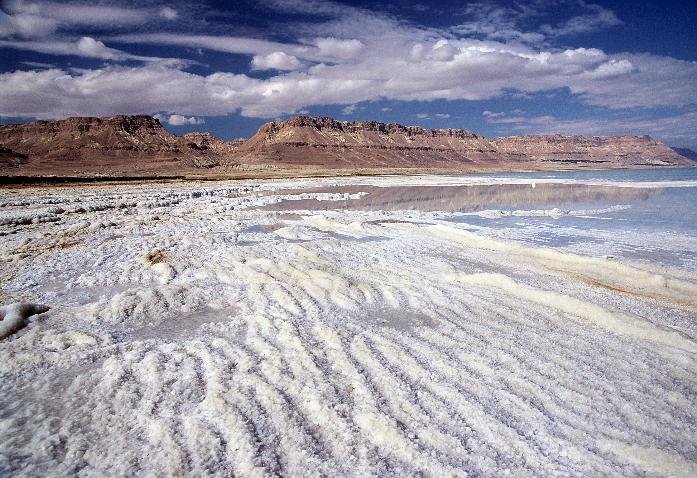
Devil’s Lake is in northeastern North Dakota, which would place it approximately directly on one of the lines of the North American Star Tetrahedron. It is a closed lake, of a drainage basin that is 3,800 square miles. The lake collects most of the basin’s water runoff, and the lake itself is shallow and saline.
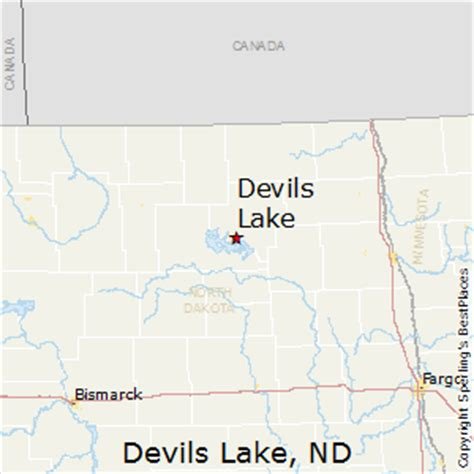

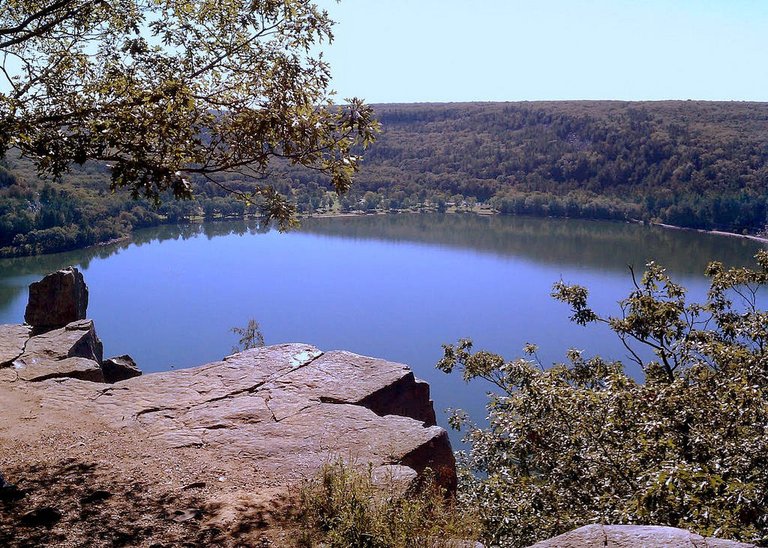
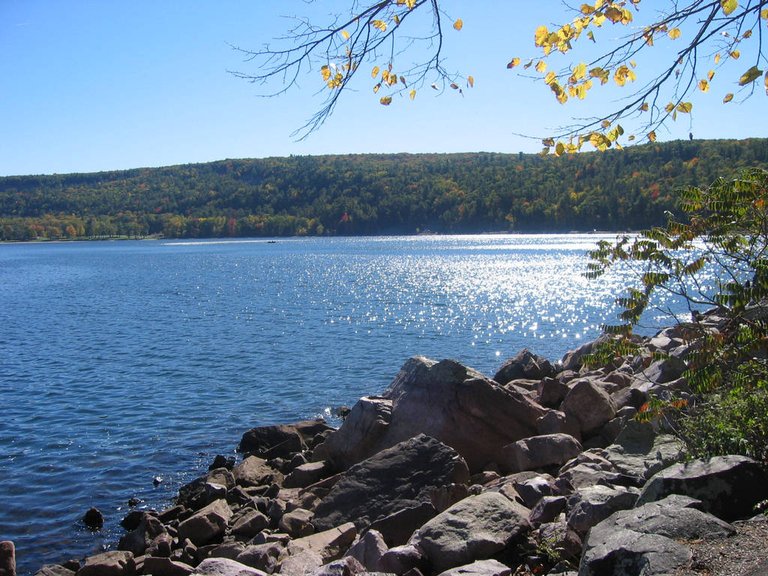
Lake Van, the largest lake in Turkey, is a saline soda lake, and lies directly on a long-distance alignment. It has an ancient history of civilization, and for much of history was part of the Kingdom of Greater Armenia.
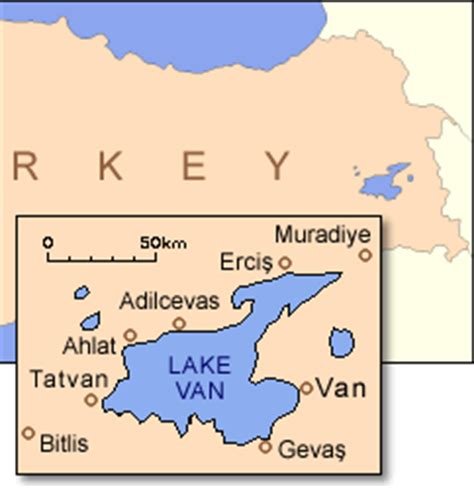
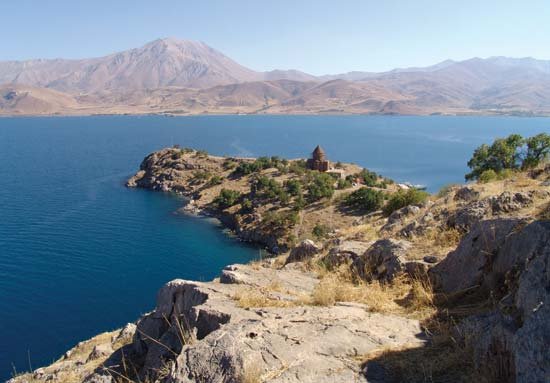
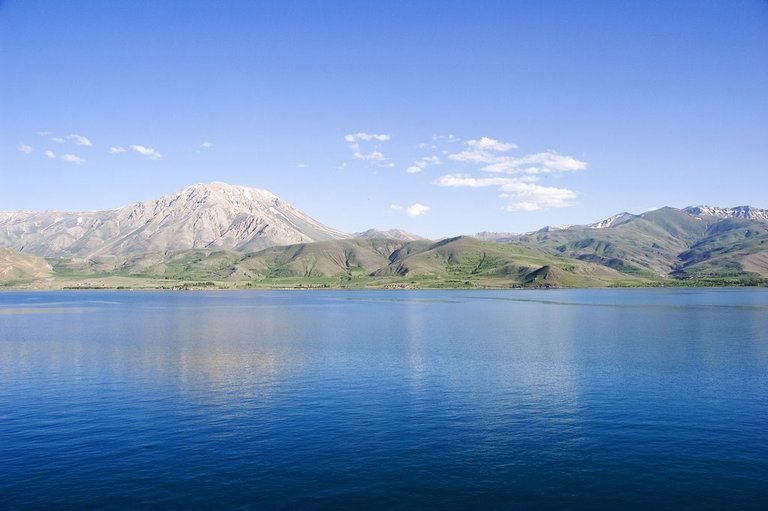
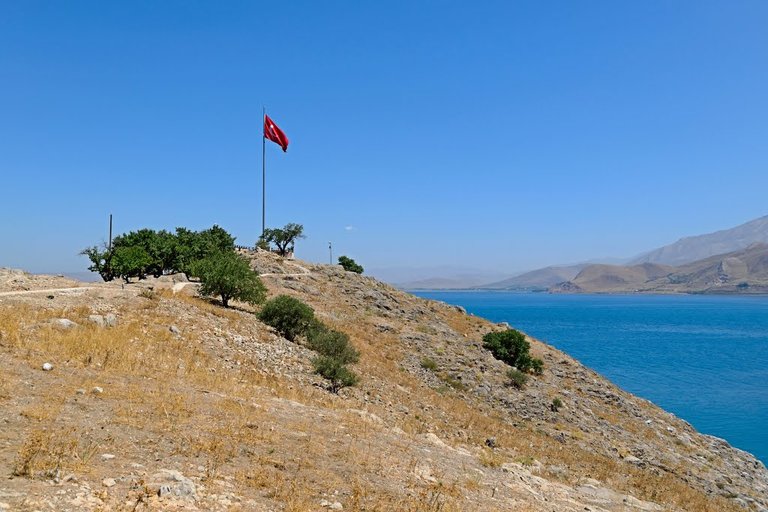
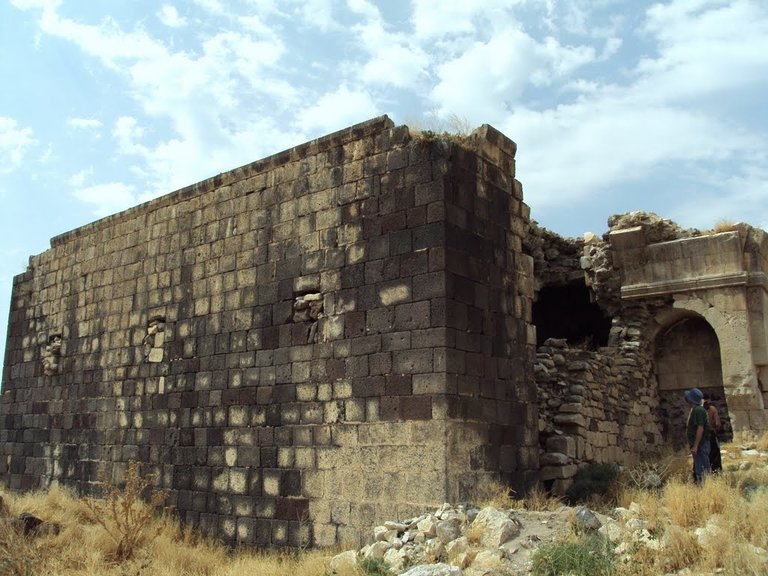

Lake Urmia, a salt lake in Iran, is on the same alignment, and is geographically close to Lake Van. As a matter of fact, Lake Urmia, along with Lake Van in Turkey, and Lake Sevan in Armenia, were at one time all part of the Kingdom of Greater Armenia, and together were called the Seas of Armenia.
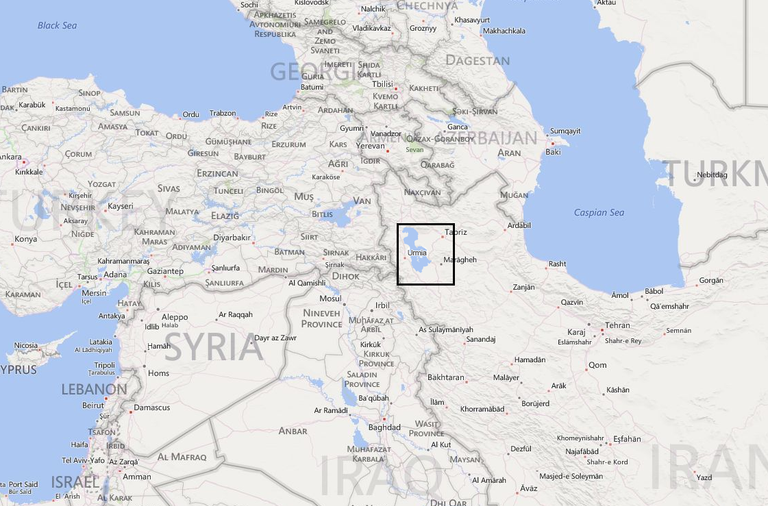
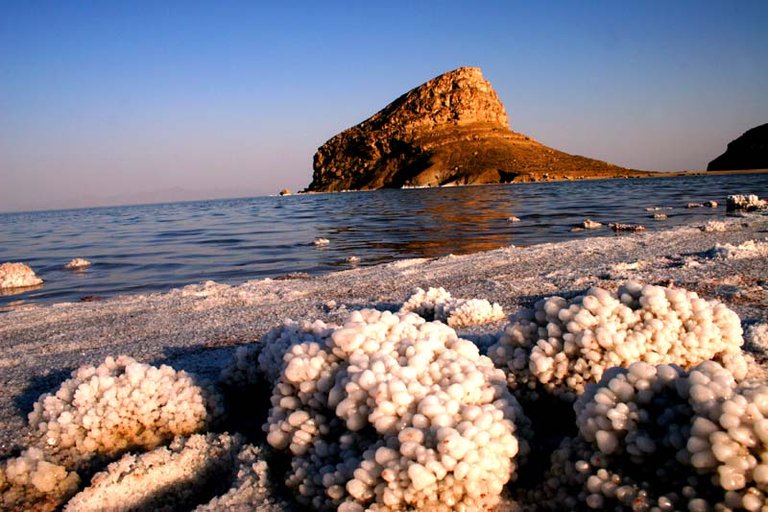

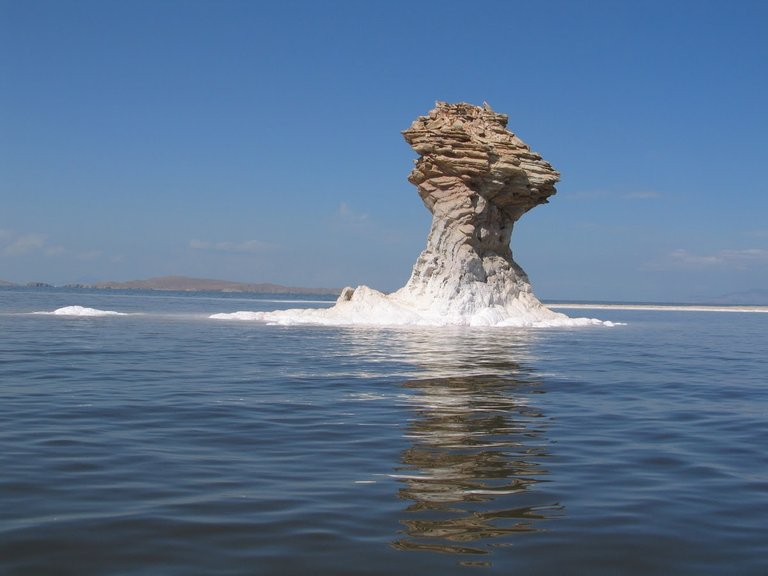
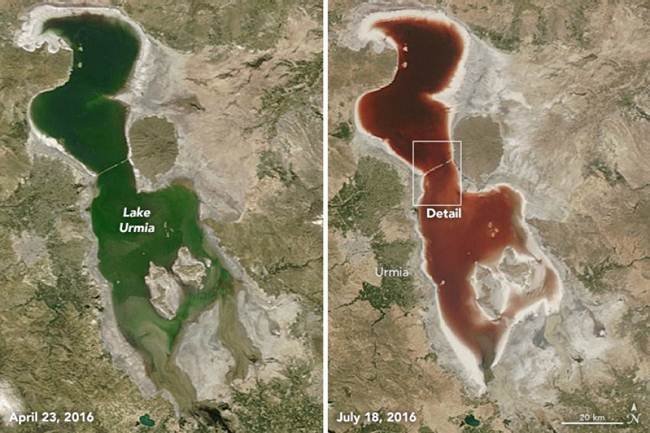
There is more. There is always more where the Ancient Civilization is concerned. But I will stop here for now, or this post will go on and on ;).